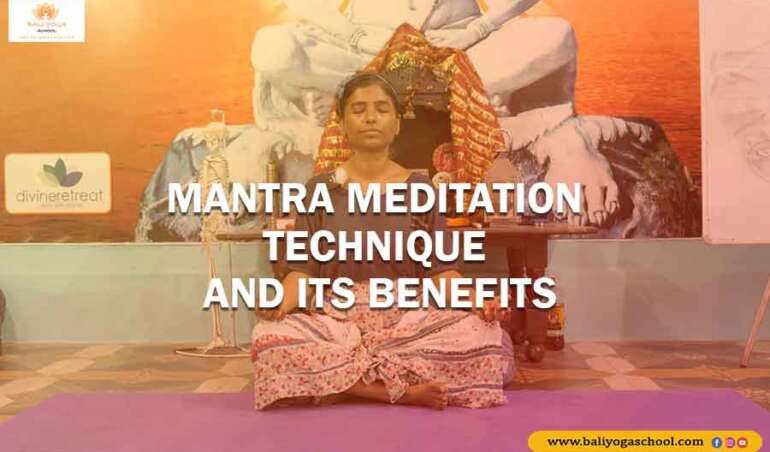
Natrajasana or Tadasana (Mountain Pose)
METHODS
1 – Stand in Tadasana (Mountain Pose). Inhale and shift your weight onto your right foot, and lift your left heel toward your left buttock as you bend the knee. Press the head of your right thigh bone back, deep into the hip joint, and pull the knee cap up to keep the standing leg straight and strong.
2 – Grab the left foot with your left hand.
Variation 1
Reach back with your left hand and grasp the outside of your left foot or ankle. To avoid compression in your lower back, actively lift your pubis toward your navel and at the same time, press your tailbone toward the floor to lift your left foot up and back, away from your torso. Stretch your right arm forward in front of your torso.
Variation 2
Sweep your right hand around behind your back and catch hold of the inner left foot. Then sweep the left hand back and grab the outside of the left foot. This variation will challenge your balance even more.
Variation 3
This is an advanced option. Reach back with your left hand, palm facing upwards, and grasp the outside of your left foot or ankle. Bring your left elbow out and up. Bring your right arm up and back to grab the left foot. Hold your left foot with both hands, keep opening your chest area. Bring your elbows together.
3 – Stay here with stable breathing as deep as possible. Do the other side.
BENEFITS
- Stretches the shoulders, chest, thighs, groins, and abdomen.
- Strengthens the legs and ankles.
- Opens the chest.
- Makes your spine, shoulders, and hamstrings flexible.
- Remove excess fats from the lower back and thighs.
- Improves balance and focus.
CONTRAINDICATIONS
- Avoid this asana unless instructed any modifications by professionals if you have any of the below or feel uncomfortable any time during your practice.
- Have an injury in back, shoulders, neck, or any part of the legs.
- Have undergone surgery in the above-mentioned area.
- Have a low blood pressure.
- Have a balancing issue such as vertigo.
- Have arthritis or osteoporosis.






